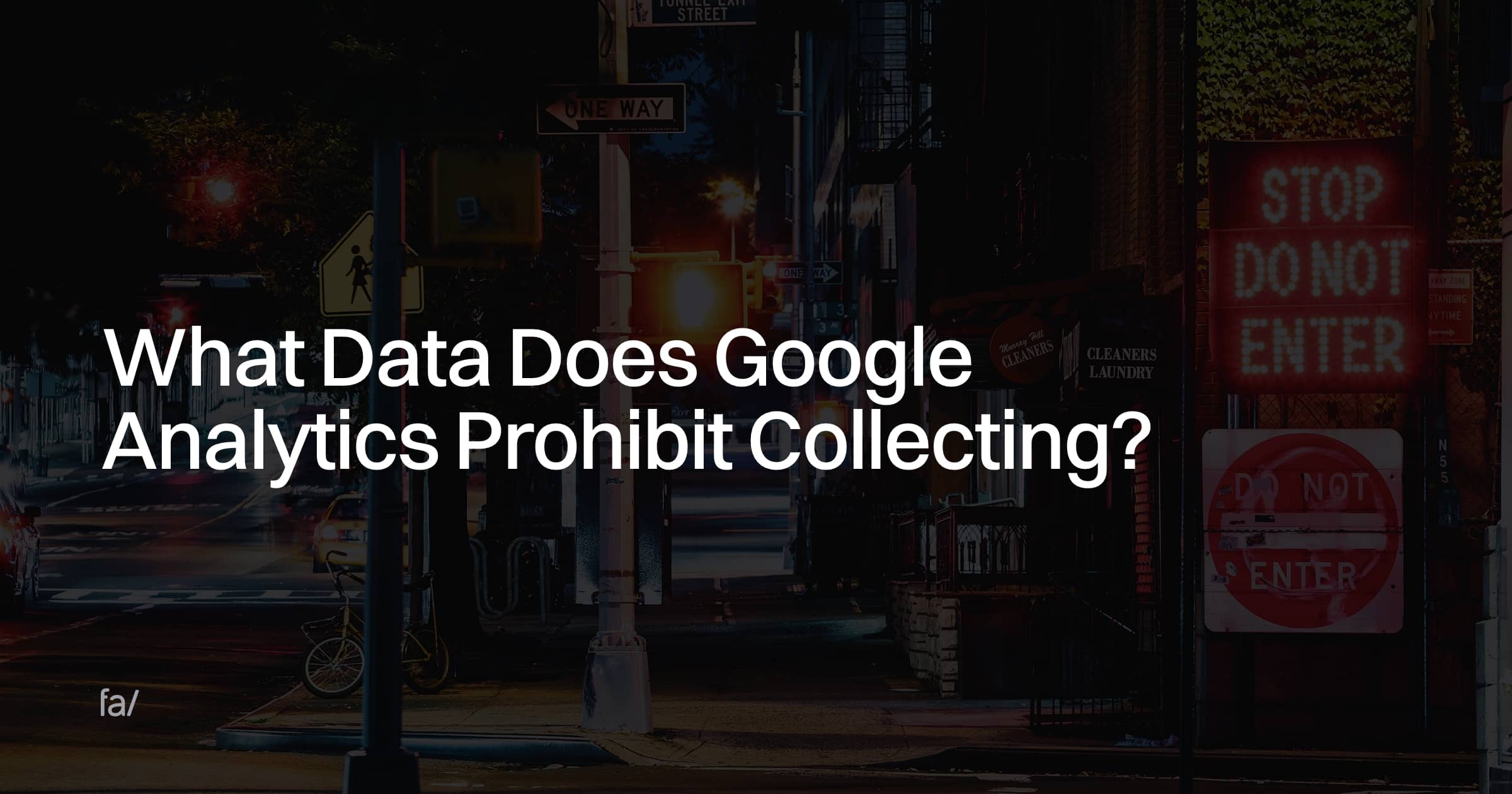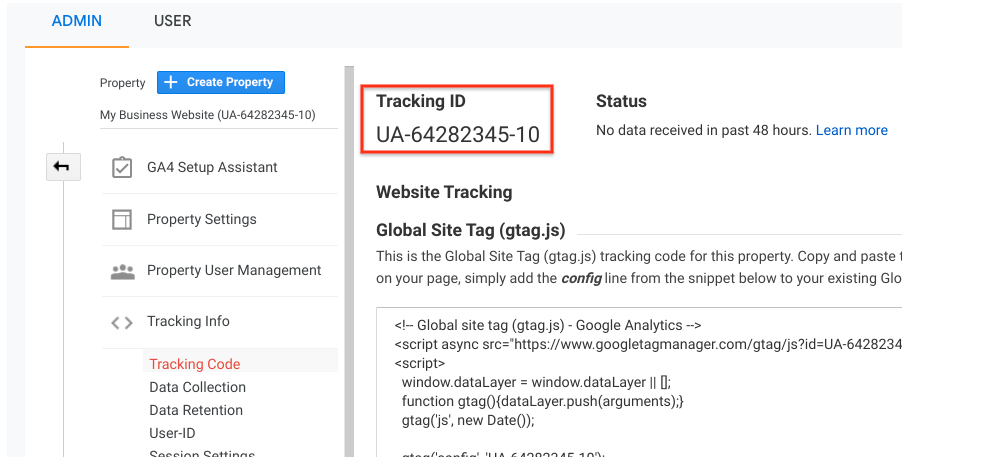Understanding the Art of Overcoming Information Collection Limitations in Google Analytics for Better Decision-Making
In the realm of digital analytics, the capability to essence significant insights from data is vital for informed decision-making. By utilizing critical strategies and innovative techniques, organizations can boost their data quality, unlock concealed insights, and lead the way for more enlightened and reliable decisions.
Data Top Quality Evaluation
Assessing the top quality of information within Google Analytics is an essential action in making sure the integrity and accuracy of understandings acquired from the collected details. Data high quality analysis includes assessing numerous aspects such as precision, efficiency, consistency, and timeliness of the data. One vital facet to think about is information accuracy, which describes exactly how well the information reflects truth values of the metrics being measured. Incorrect information can bring about defective final thoughts and misguided organization choices.
Completeness of data is one more vital consider analyzing data top quality. It entails making sure that all essential data factors are accumulated and that there are no spaces in the details. Incomplete data can alter evaluation results and impede the capacity to get a detailed sight of individual actions or website performance. Uniformity checks are additionally crucial in information quality evaluation to recognize any kind of discrepancies or anomalies within the information collection. Timeliness is just as important, as out-of-date information might no much longer matter for decision-making processes. By prioritizing data high quality evaluation in Google Analytics, businesses can boost the integrity of their analytics reports and make more enlightened decisions based upon precise insights.
Advanced Tracking Techniques
Using innovative tracking methods in Google Analytics can considerably improve the depth and granularity of data accumulated for even more extensive evaluation and insights. One such method is event monitoring, which enables the monitoring of particular communications on a website, like click switches, downloads of data, or video clip views. By executing event monitoring, services can acquire a much deeper understanding of user actions and interaction with their online material.
Additionally, customized measurements and metrics provide a way to tailor Google Analytics to details business requirements. Personalized dimensions permit the production of brand-new information factors, such as individual functions or consumer sectors, while custom-made metrics make it possible for the monitoring of special performance indicators, like earnings per user or typical order worth.
Additionally, the use of Google Tag Supervisor can streamline the execution of monitoring codes and tags across an internet site, making it simpler to take care of and release sophisticated monitoring configurations. By utilizing these innovative tracking techniques, organizations can open useful insights and optimize their online strategies for better decision-making.
Personalized Dimension Implementation
To boost the deepness of data collected in Google Analytics past innovative tracking methods like event monitoring, services can apply personalized measurements for even more tailored understandings. Customized measurements allow organizations to specify and gather particular data factors that pertain to their unique objectives and purposes (What Data Does Google Analytics Prohibit Collecting?). By designating customized dimensions to different aspects on an internet site, such as customer interactions, demographics, or session details, companies can obtain an extra granular understanding of how customers engage with their online residential or commercial properties

Acknowledgment Modeling Methods
By using the appropriate acknowledgment version, businesses can accurately connect conversions to the appropriate touchpoints along the customer journey. One common attribution version is the Last Communication design, which gives debt for a conversion to the last touchpoint a customer connected with before converting.

Data Testing Avoidance
When dealing with large volumes of data in Google Analytics, getting over data tasting is important to make certain accurate understandings are acquired for notified decision-making. Information sampling happens when Google Analytics approximates patterns in data rather than assessing the complete dataset, potentially leading to manipulated results. By taking these positive steps to minimize data sampling, companies can draw out a lot more exact insights from Google Analytics, leading to better decision-making and enhanced total efficiency.
Conclusion
Finally, grasping the art of getting rid of data collection restrictions in Google Analytics is critical for making informed decisions. By conducting a comprehensive data high quality analysis, implementing sophisticated monitoring strategies, making use of custom-made measurements, using attribution modeling approaches, and preventing information tasting, companies can make certain that they have precise and dependable information to base their choices on. This will ultimately cause much more efficient approaches and far better outcomes for the organization.
